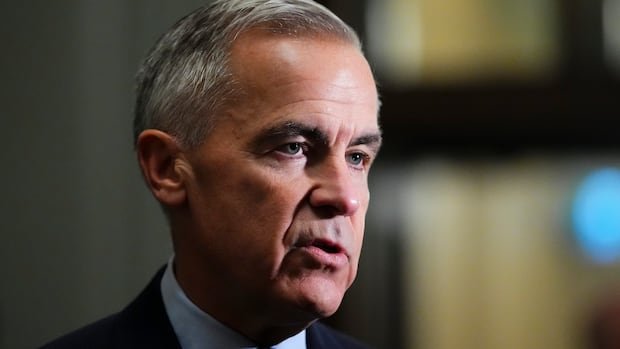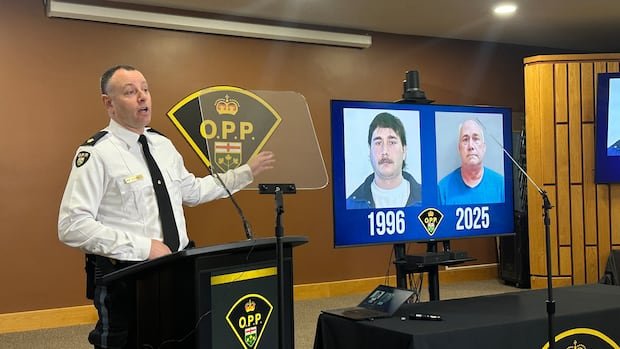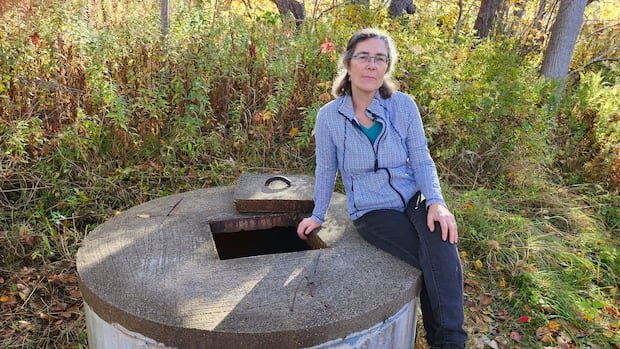It’s an old model that’s getting new life.
They began in 1989 under Brian Mulroney’s government: an experiment by a government facing economic pressures to innovate and deliver results more efficiently.
In the following years, the federal government created more than a dozen special operating agencies (SOAs), such as Passport Canada or the Translation Office. However, over the past 30 years, the government seemed to cool down on the idea and only created a couple of SOAs.
Until now.
Prime Minister Mark Carney’s government has turned to the decades-old model to spearhead its efforts to strengthen Canada’s economy in the face of a tariff war launched by U.S. President Donald Trump. Three new special operating agencies – Build Canada Homes, the Defense Investment Agency and the Major Projects Office – will be responsible for helping decide how to spend billions of dollars and move projects forward.
The government maintains that SOAs can be more flexible and move faster.
Until recently, there were only a dozen of them. With the exception of the Canadian Coast Guard, most are small, lower profile and focus on specific areas such as surveying, heritage or translation. They are housed in federal departments and report to ministers and deputy ministers.
However, in the case of Carney’s new agencies, exactly how each of them will operate is partly shrouded in secrecy.
They have to follow many of the same rules as the government departments that house them, but they also benefit from exceptions to those rules and have performance objectives that are outlined in each agency’s framework agreement and business plan.
The old guide suggests that documents be public
A federal Treasury Board website from the late 1990s, a time when the government had created more than a dozen SOAs, says the key part of the agencies’ accountability is their framework agreements.
“The framework document and business plan are fundamental to SOA accountability,” the Treasury Board’s archived website says. “On the one hand, the framework document establishes the agency’s mission and its relationships with other parties. On the other, the business plan represents a detailed performance contract between the department and SOA management that is renewed annually.”
The site says framework documents “are generally treated as public documents and made available to any Canadian, upon request.”
However, CBC News’ attempts over the past few weeks to obtain copies of the framework documents for the three agencies created by the Carney government have been unsuccessful.
Prime Minister Mark Carney announced the launch of Build Canada Homes, a new federal agency that the government says will build affordable housing at scale.
Treasury Board officials say the SOA website contains outdated information and was archived in 2012. They referred CBC’s request for framework agreements to the departments that house each of the agencies.
Public Services and Procurement Canada, which houses the Defense Investment Agency, confirmed that its framework agreement and business plan exist and were approved by the Treasury Board. However, he said the documents are secret.
“Treasury Board submissions are designated as the King’s Privy Council Trust for Canada and remain confidential,” the department wrote, adding that the agency’s organizational structure and business priorities will be posted on its website “as they become available.”
The Privy Council, which houses the Major Projects Office, has not yet provided copies of the agency’s framework agreement or its business plan.
The Building Canada Act adopted by Parliament in June provides some information on the rules that will govern the office. The legislation allows the office to streamline approvals by making decisions that would normally fall under laws and regulations such as those protecting waterways, fish, birds and at-risk species. However, it does not allow cabinet to exempt the projects from several other laws, including the Investment Canada Act, the Foreign Influence Accountability and Transparency Act, the Auditor General Act and the India Act.
Applications to the Department of Housing, Infrastructure and Communities for the Build Canada Homes framework agreement were referred to the office of Minister Gregor Robertson, who has not yet provided the document.
Michael Wernick, former secretary of the Privy Council, said the basic framework agreement for each agency should be available to Canadians.
“I believe in preserving some of the confidentiality of advice before making a decision. But once the decision is made, the context is different,” Wernick said in an interview. “If these things have already been decided and implemented, there is no reason why the framework agreement should not be disclosed.”
‘Higher ceilings and authorities’
Wernick said special operating agencies have to follow federal government guidelines, but they also have their own customized list of tools and authorities.
“They have rules they have to follow,” Wernick explained. “They simply have higher limits and higher authorities. Instead of being limited to purchases under $1 million, they could be authorized to purchase up to $10 million at their own discretion.”
Wernick said they also often have more flexibility in areas such as personnel, recruiting, contracting and equipment purchasing.
Special operating agencies are also easier to create quickly, Wernick said.
“If you wanted to create a Crown corporation or a completely new entity, you would have to go to Parliament with legislation, and a minority Parliament,” he said. “And the record of the last two Parliaments is that legislation moves very, very slowly, and dozens of bills died on the order paper when the elections were called.”
While some SOAs have been successful over the years, others have outlived their usefulness or got caught up in spending reviews and disappeared, Wernick said.
Kevin Page, a former parliamentary budget officer who directs the Institute for Fiscal Studies and Democracy at the University of Ottawa, said the track record of federal SOAs has been mixed. But he thinks it is an interesting model.
Page said a lot of money will flow through the three new agencies. He said it will be important to watch how the federal government works with the private sector on major projects, how it closes the housing gap and how it ensures Canada benefits from increased defense procurement.
Page said it is “mission critical” that the new special operating agencies are transparent and that documents such as their framework agreements and business plans are public and available for study by parliamentarians.
“Particularly in cases like housing or defense or big projects where we’re going to spend billions of dollars working with the private sector in a different way, there shouldn’t be any debate,” Page said.
“It just has to be transparent.”









